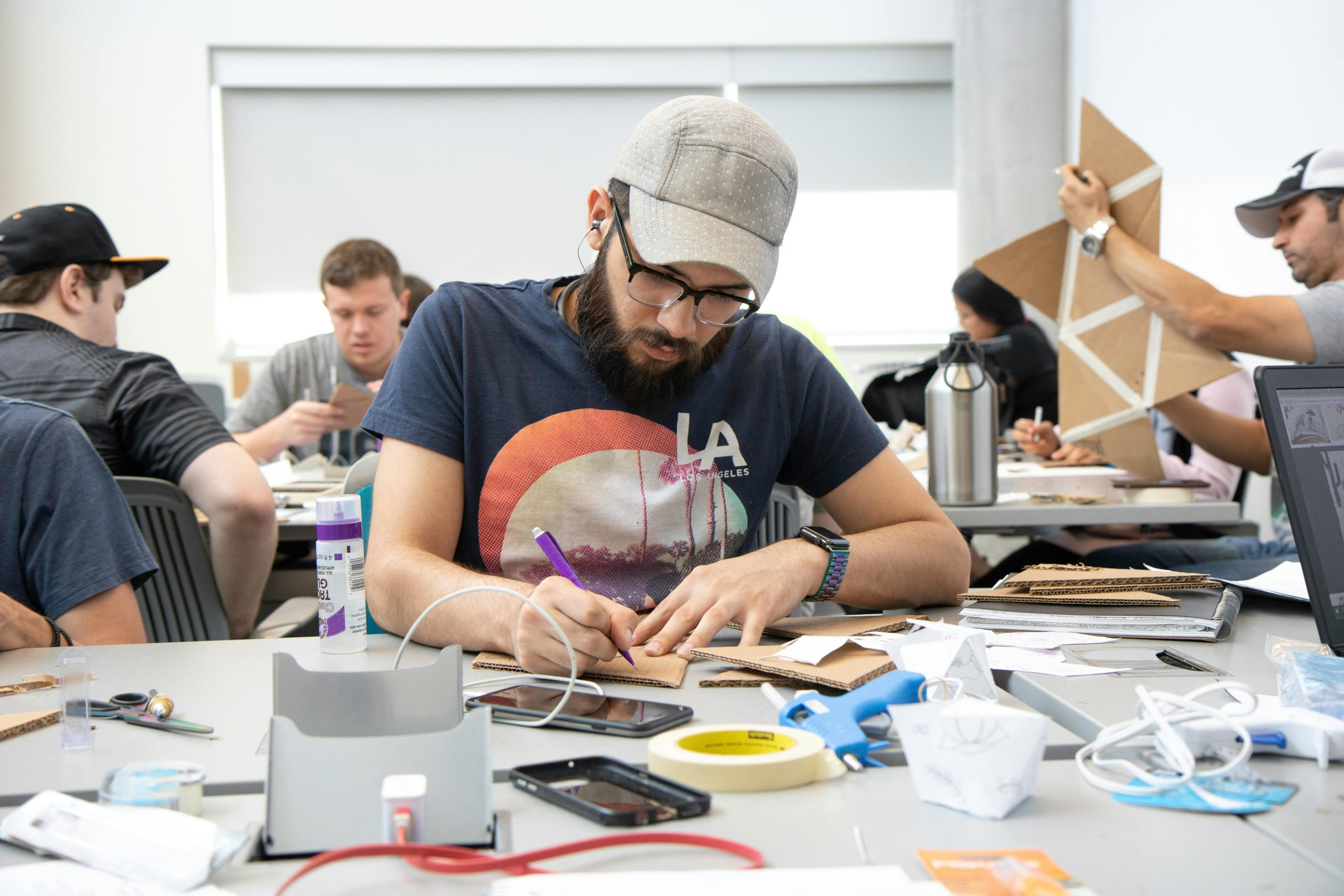AI-Enhanced Accessibility: Tools for Students with Disabilities
Accessibility is a crucial aspect of education that is often overlooked. For students with disabilities, it can be even more challenging to access learning materials and participate in classes. Fortunately, technology has made significant advancements in providing inclusive and accessible education through AI-enhanced tools. These tools have not only made learning more accessible but also improved the overall learning experience for students with disabilities. In this article, we will explore the various AI-enhanced accessibility tools that are transforming the way students with disabilities learn and excel in their academic endeavors.
What is AI-Enhanced Accessibility?
AI-Enhanced Accessibility refers to the use of artificial intelligence (AI) technology to enhance the accessibility of learning materials for students with disabilities. These tools use machine learning algorithms and natural language processing (NLP) techniques to understand and adapt to the needs of students with visual, auditory, physical, and cognitive disabilities. Through the use of AI, these tools can personalize the learning experience and provide students with disabilities with equal learning opportunities.
Text-to-Speech Tools
Text-to-speech tools are one of the most common and effective AI-enhanced accessibility tools for students with visual impairments. These tools use speech synthesis technology to convert written text into audible speech, allowing students with visual disabilities to access learning materials with ease. These tools also have added features such as reading speed and voice options that cater to students’ unique needs. Some popular text-to-speech tools include NaturalReader, ClaroRead, and Read&Write.
Speech Recognition Tools
For students with physical disabilities, speech recognition tools can be life-changing. These tools use AI technology to convert spoken words into written text, allowing students with physical impairments to participate in class discussions, take notes, and complete assignments without the need for a keyboard or mouse. These tools have different levels of accuracy and cater to various accents, making them accessible to a wide range of students. Dragon NaturallySpeaking, Braina, and Google Assistant are just a few examples of speech recognition tools.
Visual Assistance Tools
Visual assistance tools are designed to help students with visual disabilities to access learning materials primarily. These tools use AI to describe images, charts, graphs, and other visual elements in a text format. They can also recognize text within an image, making it easier for students with visual impairments to read and understand complex materials. Some popular visual assistance tools include Seeing AI, Voice Dream Reader, and Supersense.
Smart Study Tools
Another AI-enhanced accessibility tool that has been gaining popularity among students with disabilities is smart study tools. These tools use AI technology to create customized study plans based on an individual’s learning style and provide them with interactive study materials. Smart study tools incorporate features like adaptive quizzes, tailored tutorials, and audio-visual aids to cater to students’ unique needs and abilities. Socratic, Quizlet, and Kahoot are some examples of smart study tools.
Personalized Learning Tools
AI-powered personalized learning tools are designed to enhance the learning experience for students with cognitive disabilities. These tools use machine learning algorithms to monitor the student’s progress, analyze their strengths and weaknesses, and provide personalized learning materials and feedback accordingly. This allows students with learning disabilities to learn at their own pace and improves their understanding of concepts. Some popular personalized learning tools include Knewton, Dreambox, and Mathspace.
Final Thoughts
AI-enhanced accessibility tools are revolutionizing the way students with disabilities access education. They bridge the gap between physical and cognitive limitations and make learning more accessible and personalized for students with disabilities. These tools are constantly evolving, and we can expect to see even more advancements in the future. As technology continues to improve, so will these AI-enhanced tools, further enhancing the inclusivity and accessibility of education for all students.










